A camera obscura gear.
The controversial invention allowed artists to simply trace lines and shapes from a projected image onto their canvas.
What IsCamera Obscura?
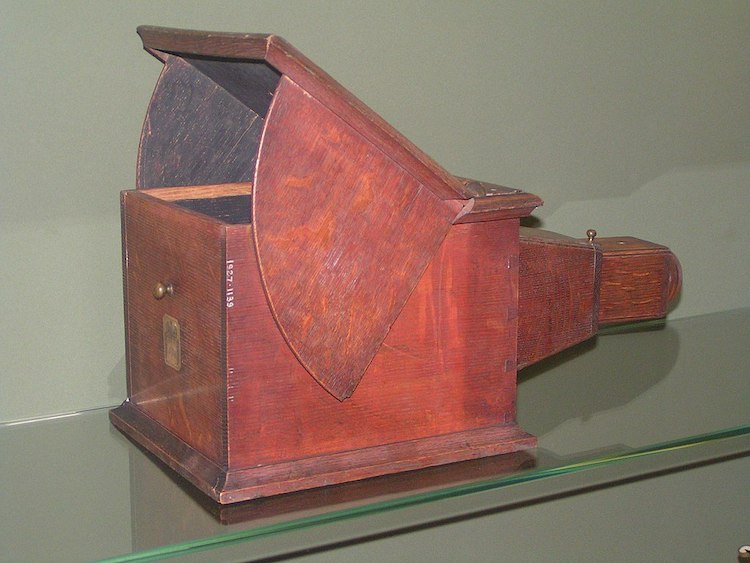
A camera obscura device. (Photo:Wikimedia Commons,CC BY-SA 3.0)
The surroundings of the projected image have to be relatively dark for the image to be clear.
Early camera obscura devices were large and often installed inside entire rooms or even a tent.
The paper should be very thin and must be viewed from the back.
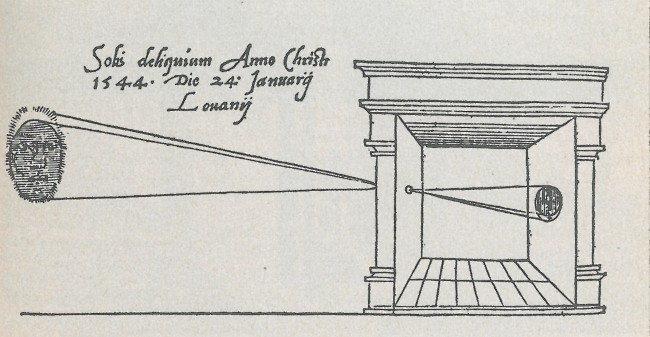
First published illustration of camera obscura in Gemma Frisius' book “De Radio Astronomica et Geometrica,” 1545 (Photo:Wikimedia Commons, Public domain)
Over the years, Da Vinci drew around 270 diagrams of the optical rig in his sketchbooks.
However, using the equipment sparked controversy, as many viewed the tracing method as cheating.
The theory is based on studies of the artworks themselves.
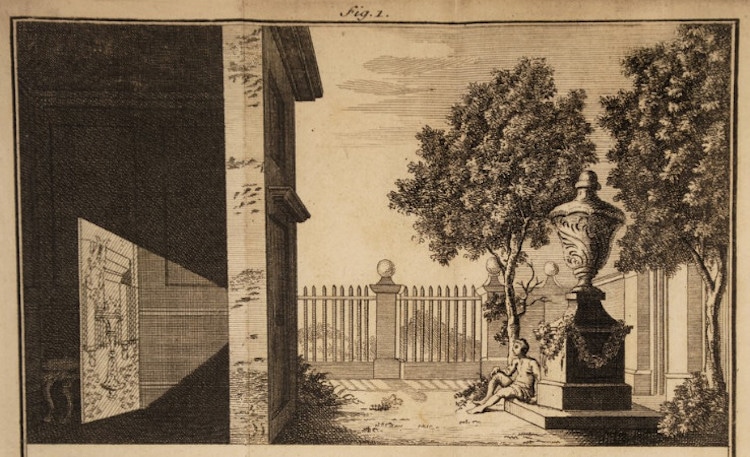
The camera obscura principle, illustrated by James Ayscough in “A short account of the eye and nature of vision,” 1755 (Photo:Wikimedia Commons, Public domain)
Instead, Vermeer created a shadowy image outlining the scene before painting, perhaps based on a projected image.
Even if Vermeer did use the camera obscura to achieve photographic perspective, his talent shouldnt be diminished.
Additionally, because of their simple design, camera obscuras make funDIY projectsfor children and adults alike.
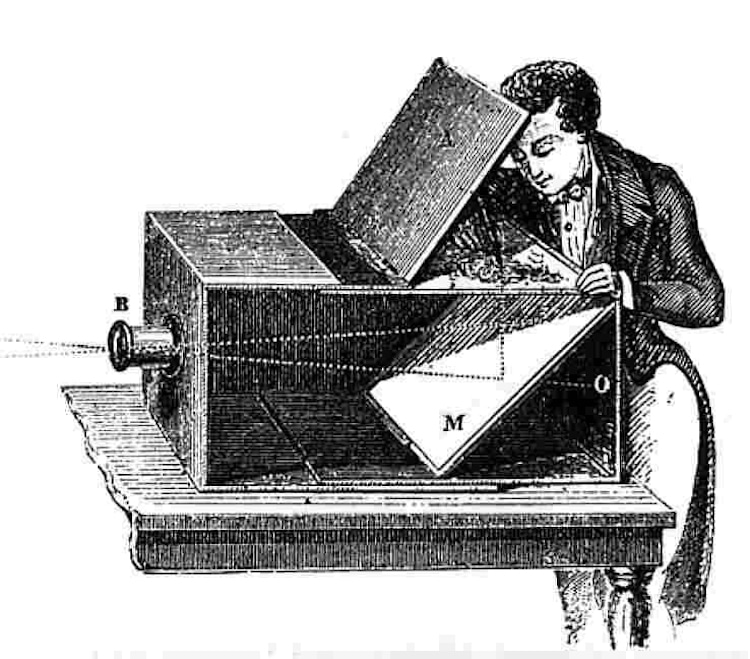
A 19th-century illustration of a camera obscura box with mirror, with an upright projected image at the top (Photo:Wikimedia Commons, Public domain)
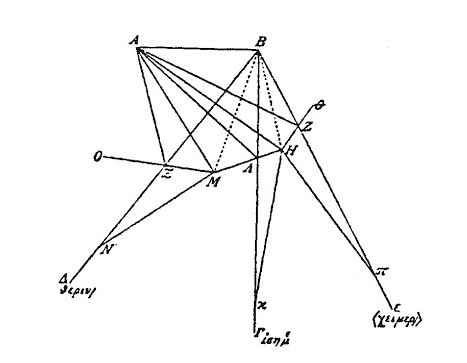
Anthemius of Tralles’s diagram of light-rays reflected with plane mirror through hole (Photo:Wikimedia Commons, Public domain)
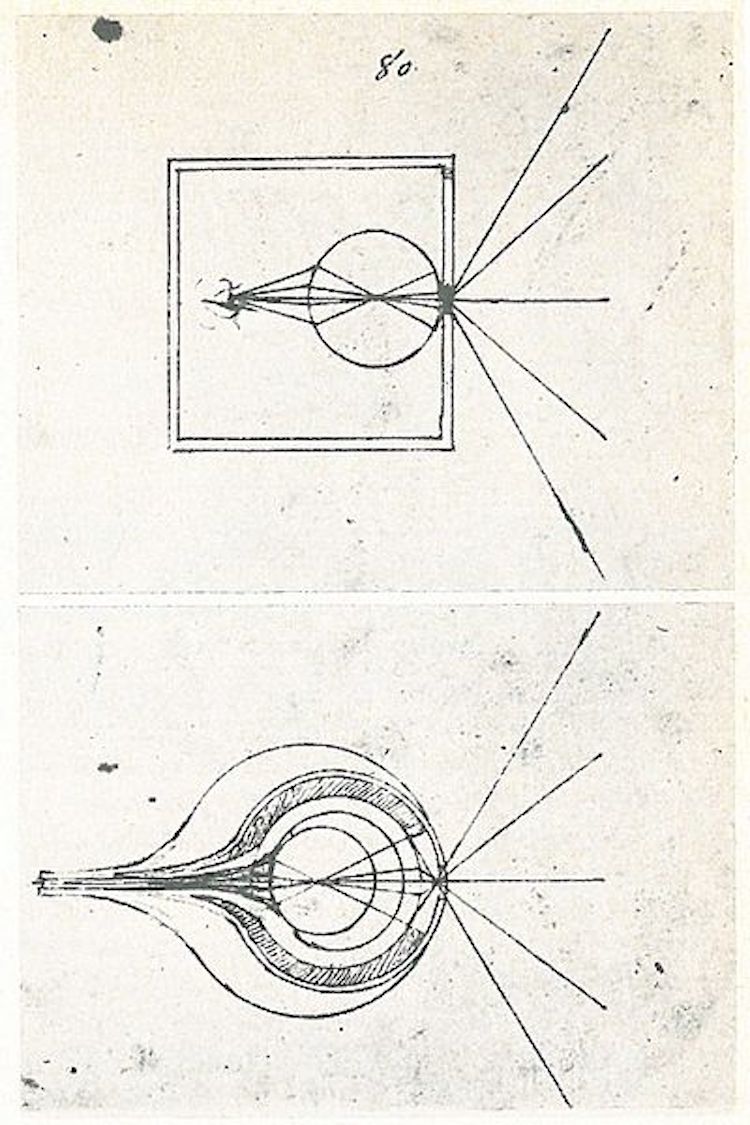
A drawing comparing the human eye to a camera obscura from Leonardo da Vinci’s “Codex Atlanticus,” 1490–1495 (Photo:Wikimedia Commons, Public domain)
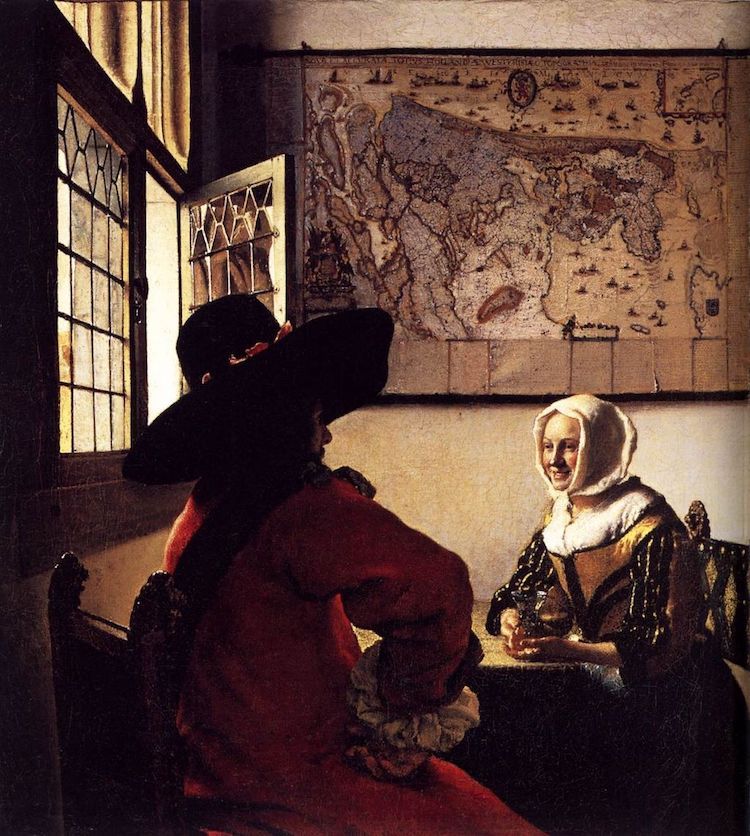
Johannes Vermeer, “Officer and Laughing Girl,” 1657 (Photo:Wikimedia Commons, Public domain)